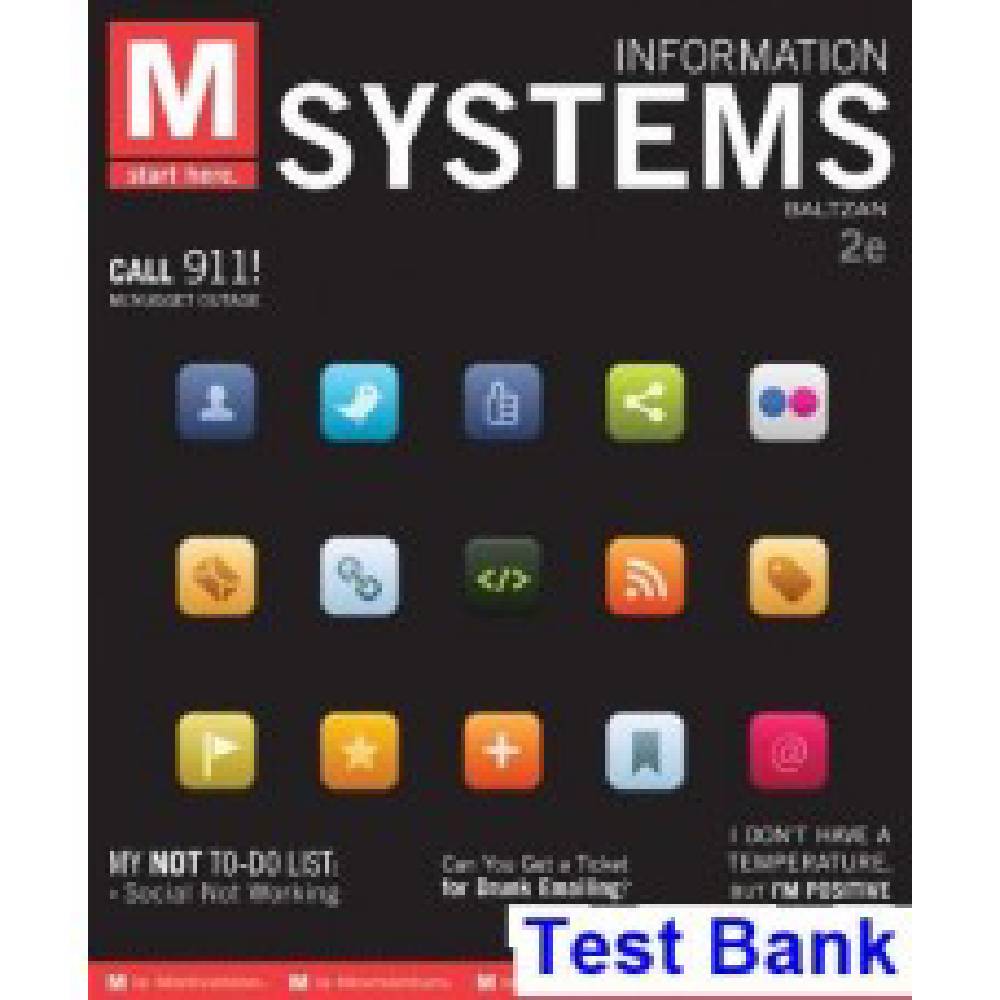Fill in the Blank Questions
28. ____________ expresses the specific number of instances in an entity.
Cardinality
29. A typical business may have hundreds of business ____________.
Rules
30. A (An) ____________ attribute can be calculated using the value of another attribute.
Derived
31. A (An) _______________ relationship occurs between two entities in which an instance of one entity can be related to many instances of a related entity.
One-to-many
32. A (An) ________________ diagram is a technique for documenting the entities and relationships in a database environment.
Entity-relationship
Describe the eight categories of computers by size.
Personal digital assistant (PDA): A small hand-held computer that performs simple tasks such as taking notes, scheduling appointments, and maintaining an address book and a calendar. Laptop computer: A fully functional computer designed to be carried around and run on battery power. Tablet computer: A pen-based computer that provides the screen capabilities of a PDA with the functional capabilities of a notebook or desktop computer. Desktop computer: The most popular choice for personal computing needs. Workstation computer: Has more mathematical and graphics power than a desktop minicomputer (sometimes called a mid-range computer); designed to meet the computing needs of several people simultaneously in a small to medium-size business environment. Mainframe computer (sometimes just called a mainframe): A computer designed to meet the computing needs of hundreds of people in a large business environment. Supercomputer: The fastest, most powerful, and most expensive type of computer.
Define the relationship between operating system software and utility software.
Operating system software controls the application software and manages how the hardware devices work together, whereas utility software provides additional functionality to the operating system. Utility software includes antivirus software, screen savers, disk optimization software, and anti-spam software.
. Explain the difference between primary and secondary storage.
Primary storage: The computer’s main memory, which consists of the random access memory (RAM), cache memory, and the read-only memory (ROM) that is directly accessible to the central processing unit (CPU). Secondary storage: Equipment designed to store large volumes of data for long-term storage (e.g., diskette, hard drive, memory card, CD).













Reviews
There are no reviews yet.